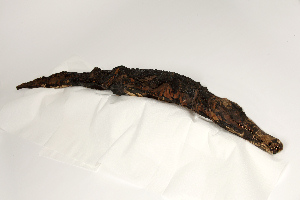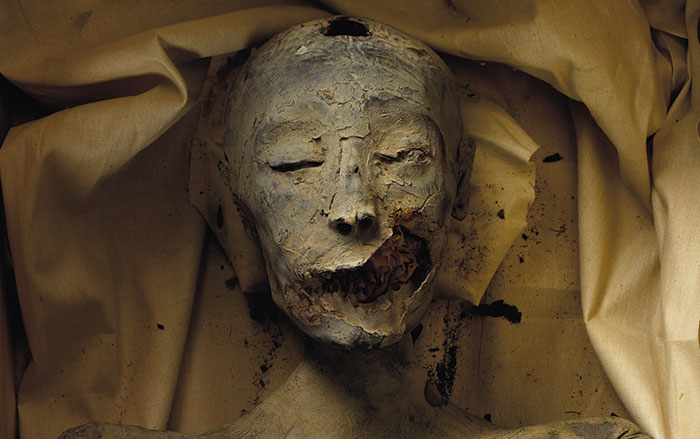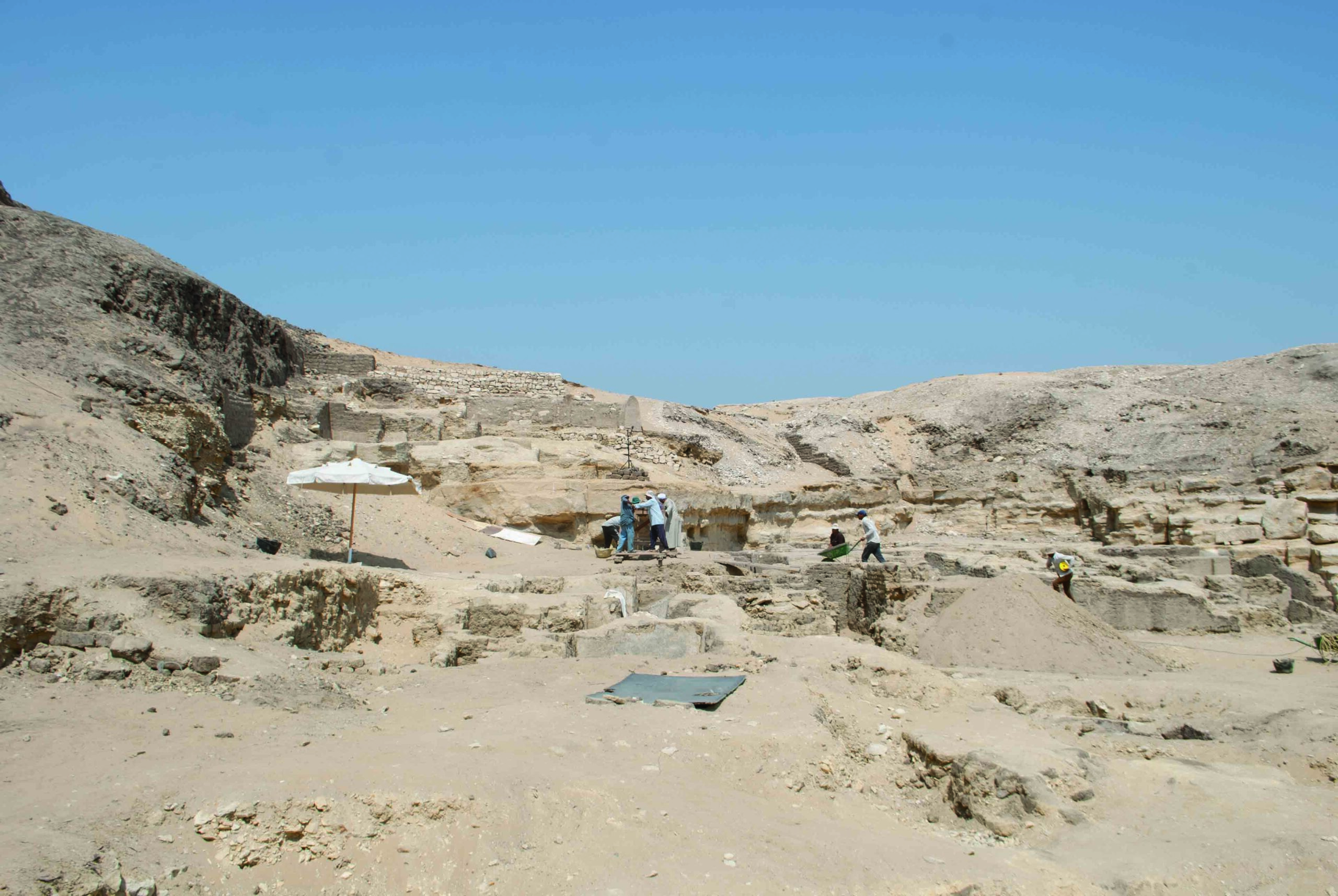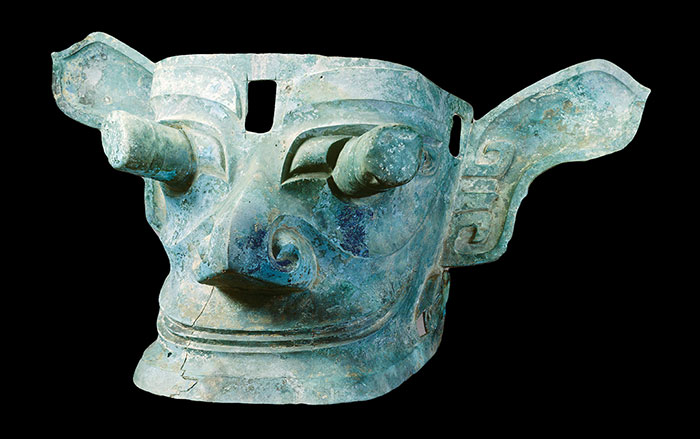
MANCHESTER, ENGLAND— Estimates suggest that the ancient Egyptians made as many as 70 million animal mummies. A team of Egyptologists and radiographers from the University of Manchester and the Manchester Museum has examined some 800 hundred animal mummies with medical imaging technology and found that as many as one-third of them are empty. It had been thought that empty animal mummies were fakes. “But I think as time has gone on it’s become clear from the sheer volume we’re looking at that perhaps there is more to it,” team leader Egyptologist Lidija McKnight told The Washington Post. Most animal mummies were made as votive offerings. “You’d get one of these mummies and you’d ask it to take a message on your behalf to the gods and then wait for the gods to do something in return. That’s kind of their place in the religious belief system of ancient Egypt, and that’s why we think there were so many of them. It was almost sort of an industry that sprang up at the time and continued for more than 1,000 years,” she said. So the “empty” mummies may have been filled with symbolic items or served another purpose. “We shouldn’t view animal mummification through our modern, subjective standpoint of fakery and everything being some kind of con. There was probably much more to it than that, and there was probably much more innocent explanation for what was going on. The materials that they were using were just as important as the animals themselves,” she said. To read in-depth about animal mummies, see "Messengers to the Gods."










